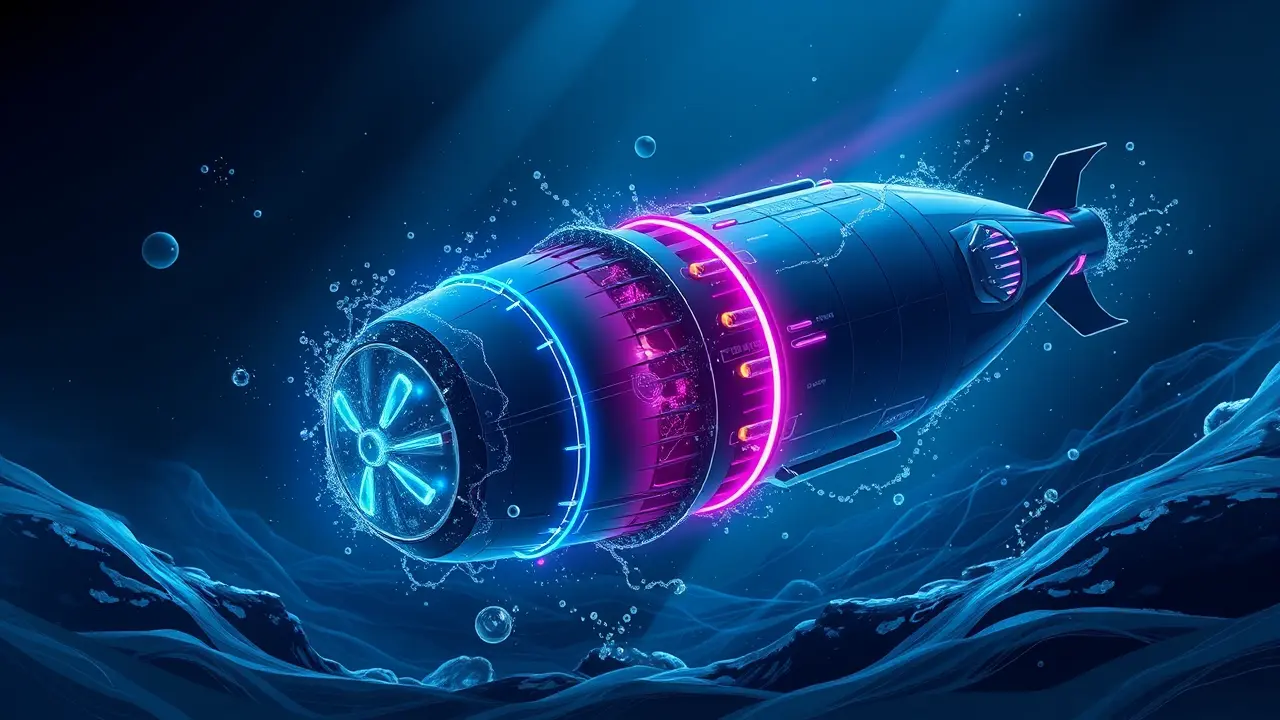US Report Blames Faulty Engineering for Titan Sub Implosion
The US National Transportation Safety Board’s final report, released Wednesday, delivers a stark, unassailable verdict: the catastrophic implosion of the experimental Titan submersible in June 2023, which instantly killed all five souls aboard during its descent to the Titanic wreck, was a direct and foreseeable consequence of fundamentally flawed engineering. This wasn't a freak accident emerging from the abyssal darkness of the North Atlantic; it was a systemic failure, a calculated risk that crossed the threshold into negligence, and the NTSB's findings lay bare a cascade of critical design choices that created a single point of failure with apocalyptic consequences.The central, unforgivable flaw resided in the submersible's carbon-fiber composite hull—a material choice that, while innovative in aerospace for its strength-to-weight ratio, was a known gamble in the brutal, compressive environment of the deep ocean. Unlike the predictable, ductile nature of traditional deep-sea submersible materials like titanium or high-strength steel, which can deform and warn of impending failure, carbon fiber is brittle and can fail catastrophically without precedent warning, a risk the OceanGate leadership reportedly acknowledged internally yet proceeded to mitigate through a real-time acoustic monitoring system that proved tragically insufficient.This scenario presents a classic political risk analyst's case study in organizational hubris and regulatory arbitrage; operating in international waters, the vessel fell into a gray zone of maritime oversight, allowing a culture of innovation-at-all-costs to override established safety protocols and the conservative, iterative engineering philosophy that has governed successful deep-sea exploration for decades, from the Trieste to Alvin. The immediate consequence was the instantaneous loss of life, a tragedy that reverberated globally, but the longer-term ramifications are now unfolding across multiple domains.The commercial deep-sea tourism industry, a nascent and high-stakes frontier, faces an existential credibility crisis and will inevitably confront a wave of stringent, likely international, regulatory scrutiny that could reshape its operational and financial models overnight. Legally, the findings provide a devastating foundation for wrongful death lawsuits against OceanGate, potentially piercing corporate veils and challenging liability waivers signed by passengers who placed their trust in what the report suggests was a fundamentally compromised vessel.From a geopolitical and industrial perspective, the incident casts a long shadow over other ambitious, privately-funded extreme exploration ventures, whether in the deep sea or the burgeoning space tourism sector, forcing a painful re-evaluation of the balance between disruptive innovation and the immutable laws of physics. The Titan implosion serves as a grim, modern-day parable of what happens when a compelling vision—democratizing access to one of history's most famous shipwrecks—collides with a dismissive attitude towards established engineering orthodoxy, creating a high-probability, high-impact risk event that, in the cold, analytical light of the NTSB's report, was not a matter of if, but when.
Latest News
The charts are whispering what the true believers have felt in their bones for weeks—Dogecoin is carving out a bottom.
17 hours ago5 comments
The Institute for Fiscal Studies has thrown a stark warning onto Rachel Reeves's desk, urging the Chancellor to confront a potential £22 billion shortfall in
17 hours ago3 comments
Alright, let's break down this absolute heater of a performance from the Chicago Blackhawks, because if you missed this one, you missed a party.
17 hours ago5 comments
The ice was hot last night in the NHL, folks, serving up a slate of games that felt less like a regular season Tuesday and more like a playoff preview with a
18 hours ago3 comments
The XRP chart is painting a tantalizing picture for those with the stomach to withstand the relentless pressure from crypto's leviathans.
18 hours ago4 comments
It’s in the small shifts, the quiet recalibrations of a Thursday morning, where the most meaningful change often takes root.
18 hours ago4 comments
In a move that sent ripples of quiet confidence through the crypto ecosystem, blockchain intelligence firms tracked a monumental treasury allocation from
18 hours ago4 comments
In a move that would have drawn a nod of approval from historical figures like Churchill, who understood the delicate balance of power within democratic
18 hours ago2 comments
CA
Caleb Vance123k9 hours ago
this reminds me of the early bridge builders who pushed materials beyond their known limits without proper testing, a classic case of innovation outpacing prudence
0
JA
Jamie Larson123k21 hours ago
this is such a tough lesson but it’s one that will push the entire industry forward and make future exploration safer for everyone
0
JA
Jamie Wilson123k23 hours ago
sounds ambitious but i'm curious how this will actually work when they ignored basic engineering tbh
0
JA
Jamie Lowe123k1 day ago
wow this is just so messed up tbh they really knew it was a gamble and just went for it smh
0
